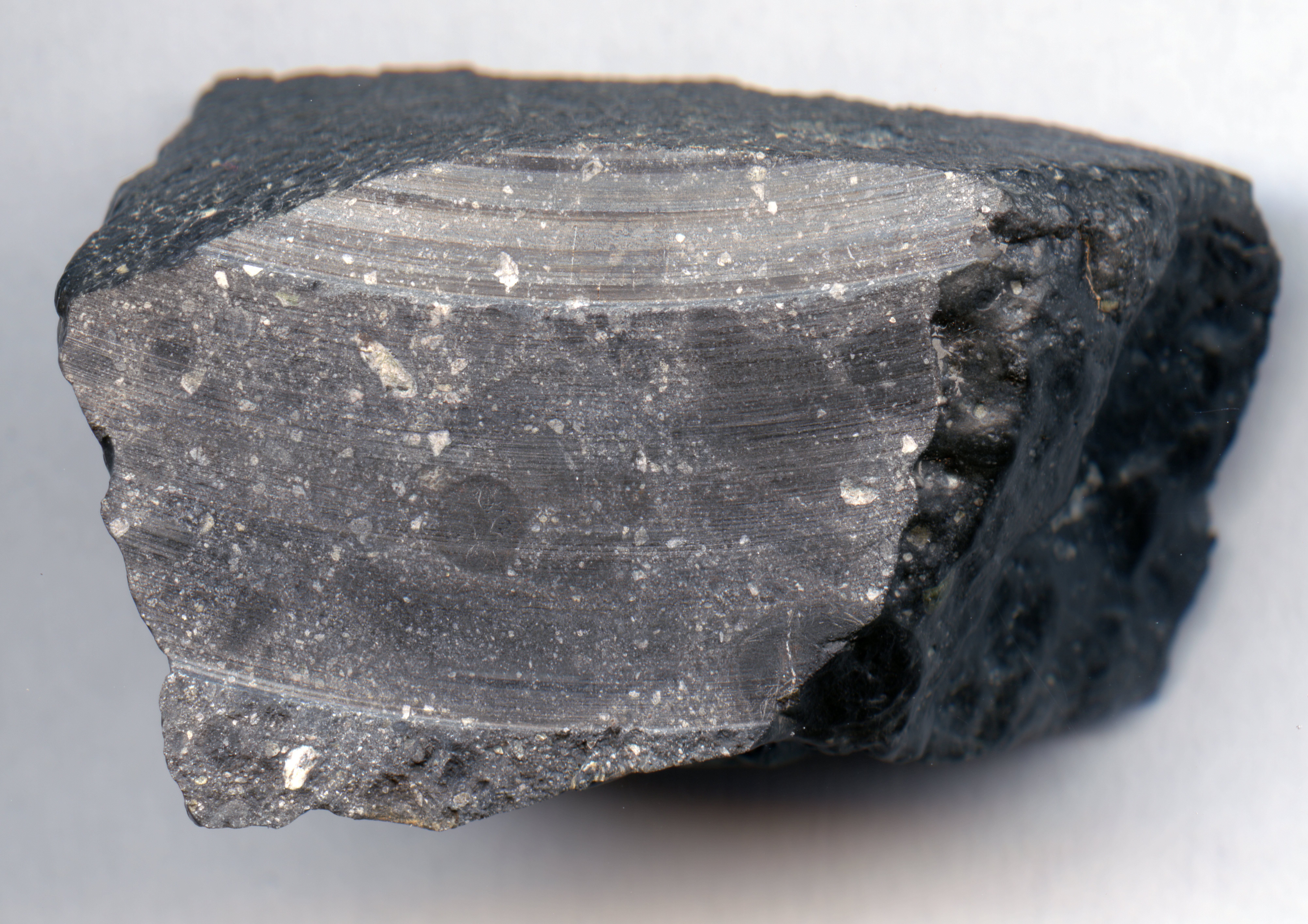Mars Meteorite Reveals 1st Look at Ancient Martian Crust

A meteorite found last year in the Sahara Desert is likely the first recognized piece of ancient Martian crust, a new study reports.
The Mars meteorite NWA 7533 is 4.4 billion years old and contains evidence of long-ago asteroid strikes, suggesting that the rock came from the Red Planet's ancient and cratered southern highlands, researchers said.
"We finally have a sample of the Martian highlands, that portion of Mars that holds all the secrets to Mars' birth and early development," lead author Munir Humayun of Florida State University told SPACE.com via email. [Photos: Amazing Meteorites from Mars]
"It's the part of Mars' history where the oceans and atmosphere developed, and where life would have developed if it ever did on Mars," Humayun added. "I will liken this to opening a treasure chest — it may take a while before we find the best treasures, but treasures aplenty lurk in this meteorite."
Humayun and his colleagues subjected NWA (short for northwest Africa, where the rock was found) 7533 to a series of analyses. The researchers determined the meteorite's age, for example, by determining that crystals within it called zircons formed about 4.4 billion years ago.
"This date is about 100 million years after the first dust condensed in the solar system," Humayun said in a statement. "We now know that Mars had a crust within the first 100 million years of the start of planet-building, and that Mars' crust formed concurrently with the oldest crusts on Earth and the moon."
The team also found high concentrations of normally rare elements such as nickel, osmium and iridium in NWA 7533, indicating that the rock formed in a region that was pummeled by chondritic meteors, which are relatively enriched in these materials.
Breaking space news, the latest updates on rocket launches, skywatching events and more!
Further, after measuring the abundances of certain elements within the meteorite, Humayun and his team were able to calculate a thickness for the Red Planet's crust.
"The amount of melting on Mars was low, sufficient to accumulate a 50-kilometer-thickness [31 miles] crust, but Mars evidently escaped the giant impact-style melting that affected the Earth and moon," Humayun told SPACE.com. (Most scientists think the moon formed from material blasted into space when a planet-size body crashed into Earth more than 4 billion years ago.)
"This is the first reliable geochemical estimate of the thickness of Mars' crust, and it agrees with geophysical estimates from gravity and topography," he added.
Though researchers believe ancient Mars was relatively warm and wet, the team found no hydrous silicate minerals — which form in the presence of liquid water — within NWA 7533. Scientists will likely unearth more such puzzling details as they study the meteorite further, Humayun said.
"I expect more surprises as we dig deeper into our Martian treasure chest — some we will understand, and others may continue to befuddle us for a while to come," he said.
Follow SPACE.com on Twitter @Spacedotcom. We're also on Facebook & Google+. Originally published on SPACE.com.

Michael Wall is a Senior Space Writer with Space.com and joined the team in 2010. He primarily covers exoplanets, spaceflight and military space, but has been known to dabble in the space art beat. His book about the search for alien life, "Out There," was published on Nov. 13, 2018. Before becoming a science writer, Michael worked as a herpetologist and wildlife biologist. He has a Ph.D. in evolutionary biology from the University of Sydney, Australia, a bachelor's degree from the University of Arizona, and a graduate certificate in science writing from the University of California, Santa Cruz. To find out what his latest project is, you can follow Michael on Twitter.
